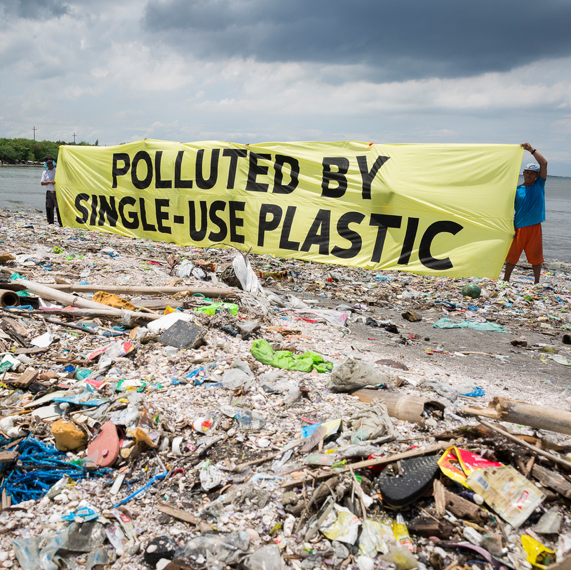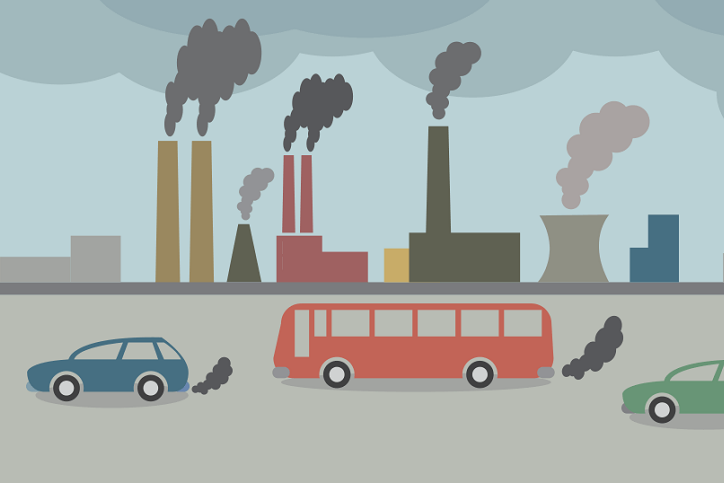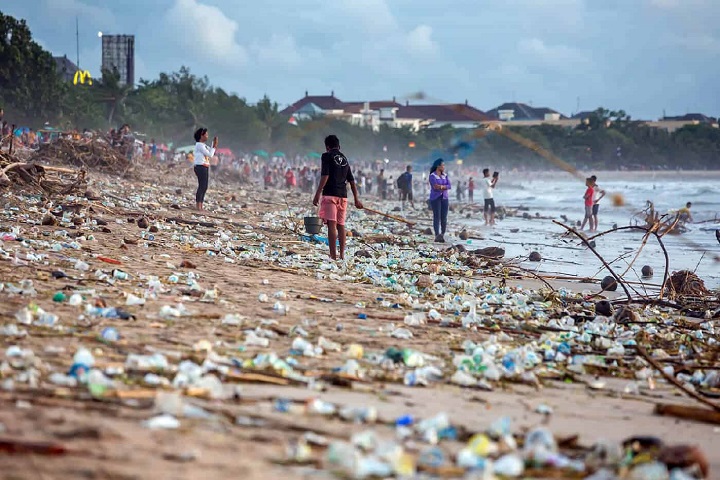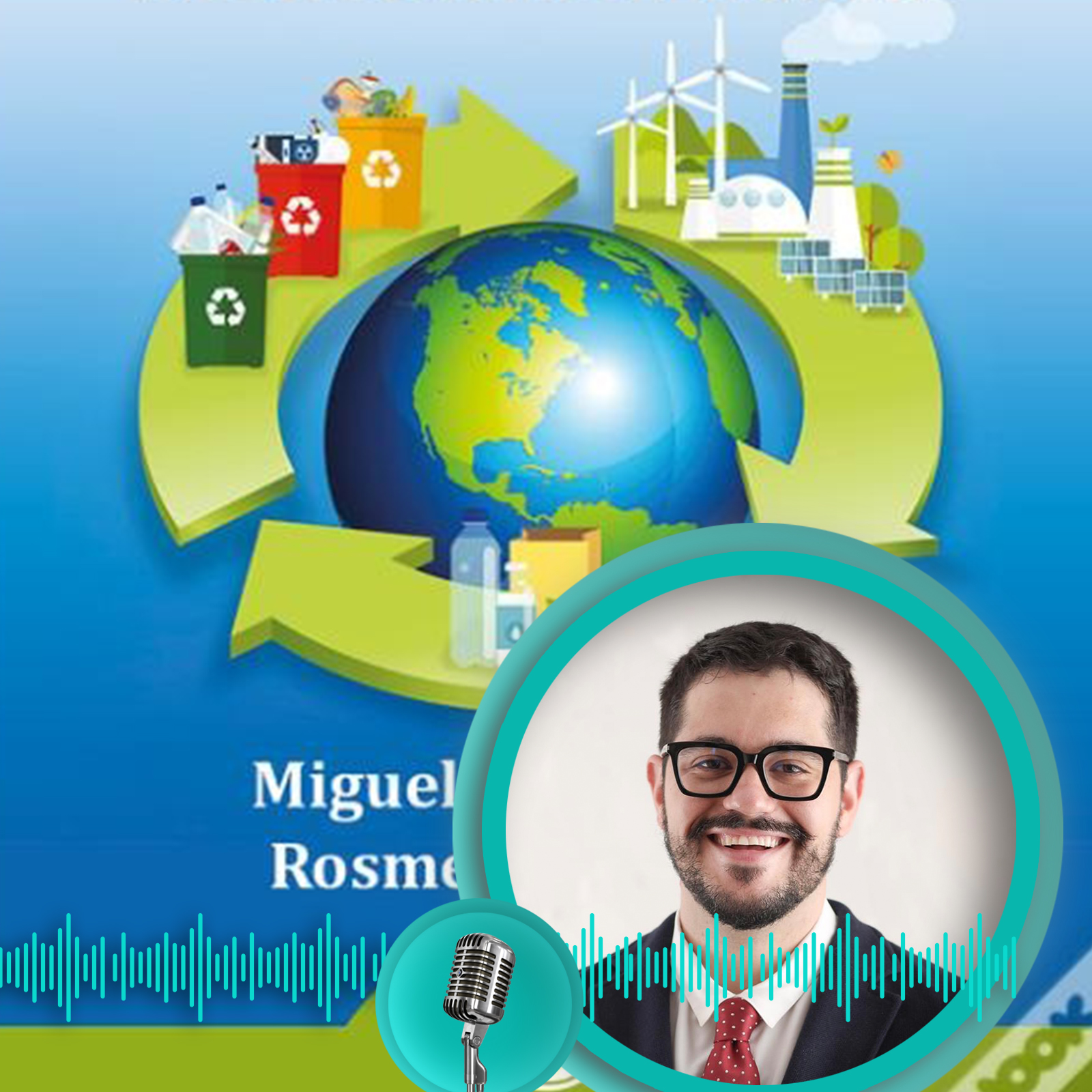29 Nov 2024

Florian Bessiere
Responsable d'organisation de conseils / informations #RH #DeveloppementDurable
Due to climate-related disasters, most people, although involuntarily, move within their own countries, probably to a nearby city. However, some may choose to cross international borders.

As real as climate change and the ecological crisis are, so are climate refugees or climate migrants; whether they are recognised or categorised, the severity of the situation of these people should not be minimised. Millions of people around the world, whether in the Global North or the Global South, have been forced to flee their homes.
It could be that farmers are forced to move, unable to survive, when crops fail repeatedly because of ever increasing heat and drought. Houses are razed due to floods and people choose to move away from the coast because they face severe and frequent flooding; communities are erased due to sea rising sea levels as the effects of climate change become ever clearer.
Overnight, people can lose their homes due to forest fires. Many do not know where they will go if their houses are destroyed. As extreme weather events become more frequent and intense, people will not continue to live in places where it is not feasible to live.
Eventually they will choose or even be forced to leave their homes for a safer place.
Due to climate-related disasters, most people, although involuntarily, move within their own countries, probably to a nearby city.
However, some may choose to cross international borders.
When it comes to a question of whether it affects people in the global north and the global south in the same way, it may not affect them in the same way; although in both cases people can lose almost everything due to fires or floods.
In developed countries, migration to a safer place can occur in an orderly manner, for example, evacuees can take refuge in their homes, cars or tents while waiting for some accommodation, such as motels, to become available.
While in a developing country where poverty can prevail and there is a lack of infrastructure, it can make internal migration much more challenging.
If there is already a shortage of housing for the local population, a climate-related disaster, such as a forest fire, can exacerbate the situation and many communities may not be ready to harbour the influx of climate refugees.
Such an influx is also likely to increase unemployment. In addition, existing health service providers or the health care system would also become overwhelmed.
Governments must anticipate and plan ahead so as not to pressure the resources and infrastructure of cities.
When people are forced to leave their homes and cross international borders, it is without security or promise of a better life, especially given the current inadequate international legal protections. Currently, climate-related displacement challenges are not being fully addressed.
While minimising and avoiding the need to migrate, significantly reducing greenhouse gas emissions, is best to avoid massive and forced migration due to climate change, it is also imperative to address these problems in the most effective and humane way possible.
Comment

Why we need a UN Treaty on plastic pollution The Ellen MacArthur Foundation is a UK charity working on business, learning, insights & analysis, and communications to accelerate the transition towards the circular economy.

Air Pollution for Kids Air is all around us and we need it to survive.

Why We Need to Stop Plastic Pollution? Our oceans are being filled and killed by throwaway plastics.

Climate Change, Ecological Crisis and Sustainability We are all agents for change in climate action.

Climate Racism Climate Racism: Social Inequalities in the Age of Climate Change
Brigitte Colman
2024-11-30
L'océan pour nous est une source très importante. Mais malheureusement les déchets plastiques menace la vie des espèces marines.